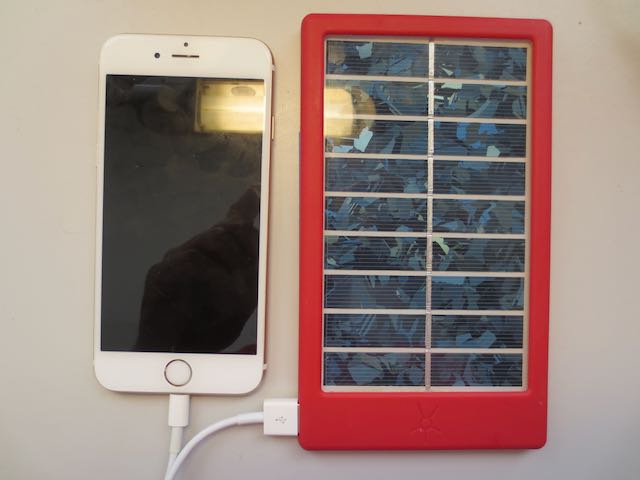FAQ
Can the Pocker Miner make a profit?
That depends. If you never open the Pocket Miner to direct sunlight, then no. And daylight is limited in any 24 hour period wherever you live on the globe, so that restricts the number of hours you can mine (though you can charge an external power bank with a solar panel during the day, then plug it in and continue mining at night). Moreover, it depends what you mine. You can mine ASIC-resistant coins, or mine coins that are specifically targeted at low power devices, such as Duino-Coin; and that can improve your chances of accumulating small amounts of crypto; and I will remind you that it is relatively easy to exchange one cryptocurrency for another. And you can choose to solo-mine or pool-mine. However, say, if you decide to solo-mine bitcoin, given the vast hashing-power of the bitcoin network, it is unlikely you will win the block reward anytime soon, if ever. Whichever way you mine, you are mining at the "Satoshi-level and not the Bitcoin-level", so to speak. Which is to say, the Pocket Miner should not be part of your retirement plan! All that said, remember you get your energy for free with the Pocket Miner, and so any tokens you mine are free in that sense. And some crypto is better than no crypto.
It also depends on the future trajectory of cryptocurrency prices. Some cryptocurrencies will do well, some will do very well, some will do less well, and some will fail and become worthless. However, if your view is that a rising tide for cryptocurrencies in general is that many will go higher and do quite well compared to fiat money, then mining now and holding might make what you get with the Pocket Miner worthwhile in the long run. In that sense, buying a Pocket Miner is akin to converting the dollars you spend today into crypto you accrue in the future. Short dollar, long crypto, so to speak. But, as always, the future is uncertain, and this view may be right, or it may be wrong. It's for you to decide.
Will you provide tutorials on how to program the Pocket Miner?
Yes, at around the time the first units start to ship (10th June 2025). Whether you want to write miners for existing cryptocurrencies, new cryptocurrencies of your own design, or something else, guidance will be provided.
Will the Pocket Miner ship with software pre-installed
Yes. Certainly software to mine Duino-Coin and a handful of other popular cryptocurrencies. Remember, with the Pocket Miner it's always your choice what, why, when and how (solo or pool) to mine. You own and wholly control the device.
How secure is the Pocket Miner?
No crypto private keys or private crypto information whatsoever are stored on the device. They are not needed to mine crypto; mining rewards only require your public address to send tokens to. As long as you don't put your private keys on the miner or in the code it runs, then no one who gets their hands on your Pocket Miner can steal the tokens you have mined.
How much sunlight do you need to mine?
The Pocket Miner needs direct sunlight to mine. Ambient light in an indoor office is not sufficient. That said, remember that any micro-USB power cable (5V), however powered, is sufficient. Which means that many different types of power source can be used, though solar is preferred as that is free energy from the ambient environment.
The Pocket Miner can use these power sources: in-built solar, external solar, USB wall-socket power adapter, external USB laptop port, internal supercapacitor for when other power sources go away (e.g. transient cloud cover when using solar power), external battery power bank, any USB to micro-usb device that can provide power. You can mix and match power sources (e.g. in-built solar with an external solar panel) and the Pocket Miner will continue mining uninterrupted.
Note that when energy powering the Pocket Miner — from whatever source — is abundant, it is possible to overclock and speed up the processor(s) to mine more efficiently. Under low power conditions, the device can be under-clocked and so make the most of the power it does have.
Using only the inbuilt solar panels, you need around 8,000 lux of direct solar light. Where I live in Texas, a bright day with clear skies is around 120,000+ lux (120 lux ~ 1 Watt per sq-meter). On low light days you can supplement the in-built solar panels by plugging in a small external solar panel, such as those used to charge a mobile phone.

External solar panel